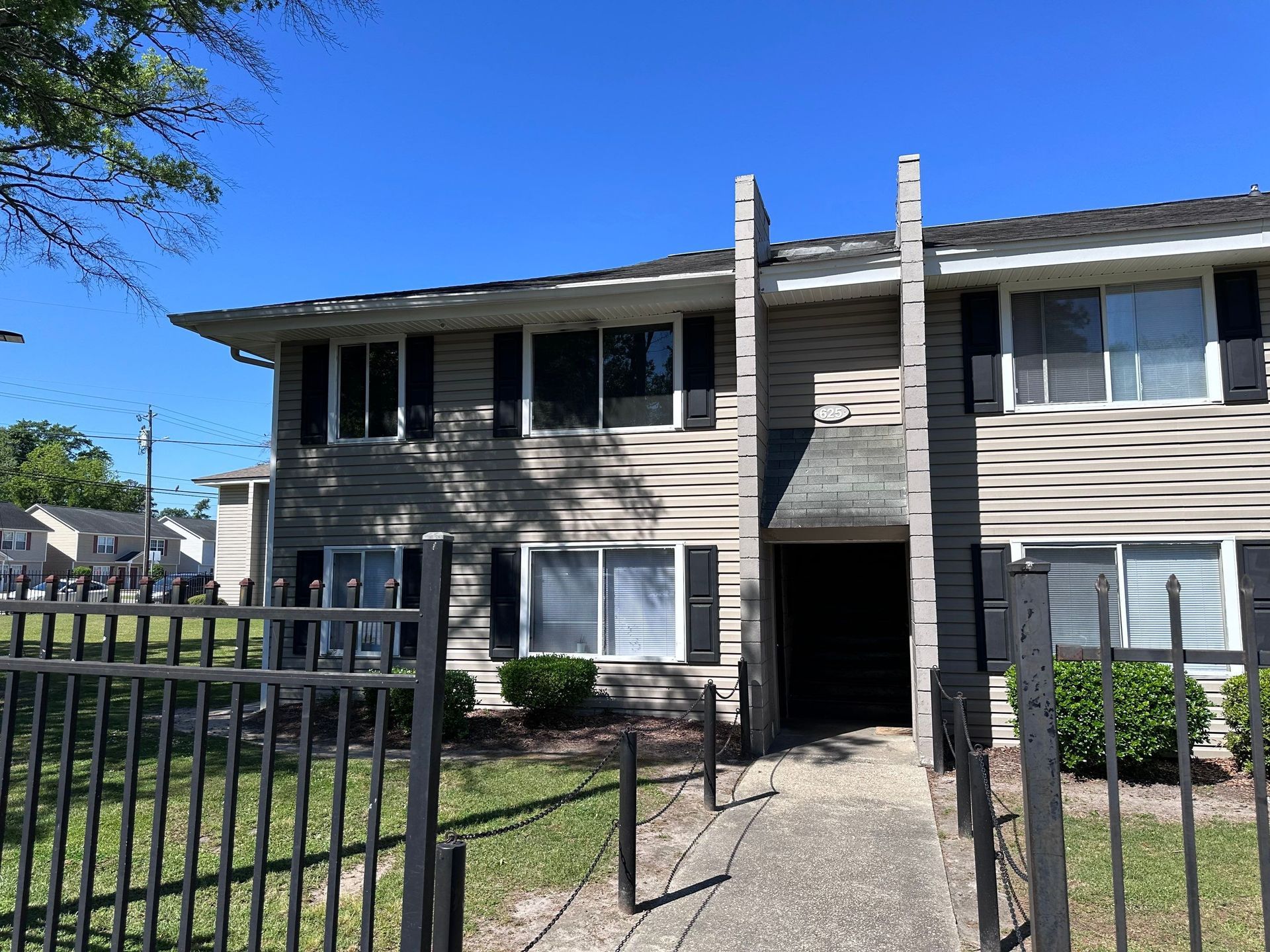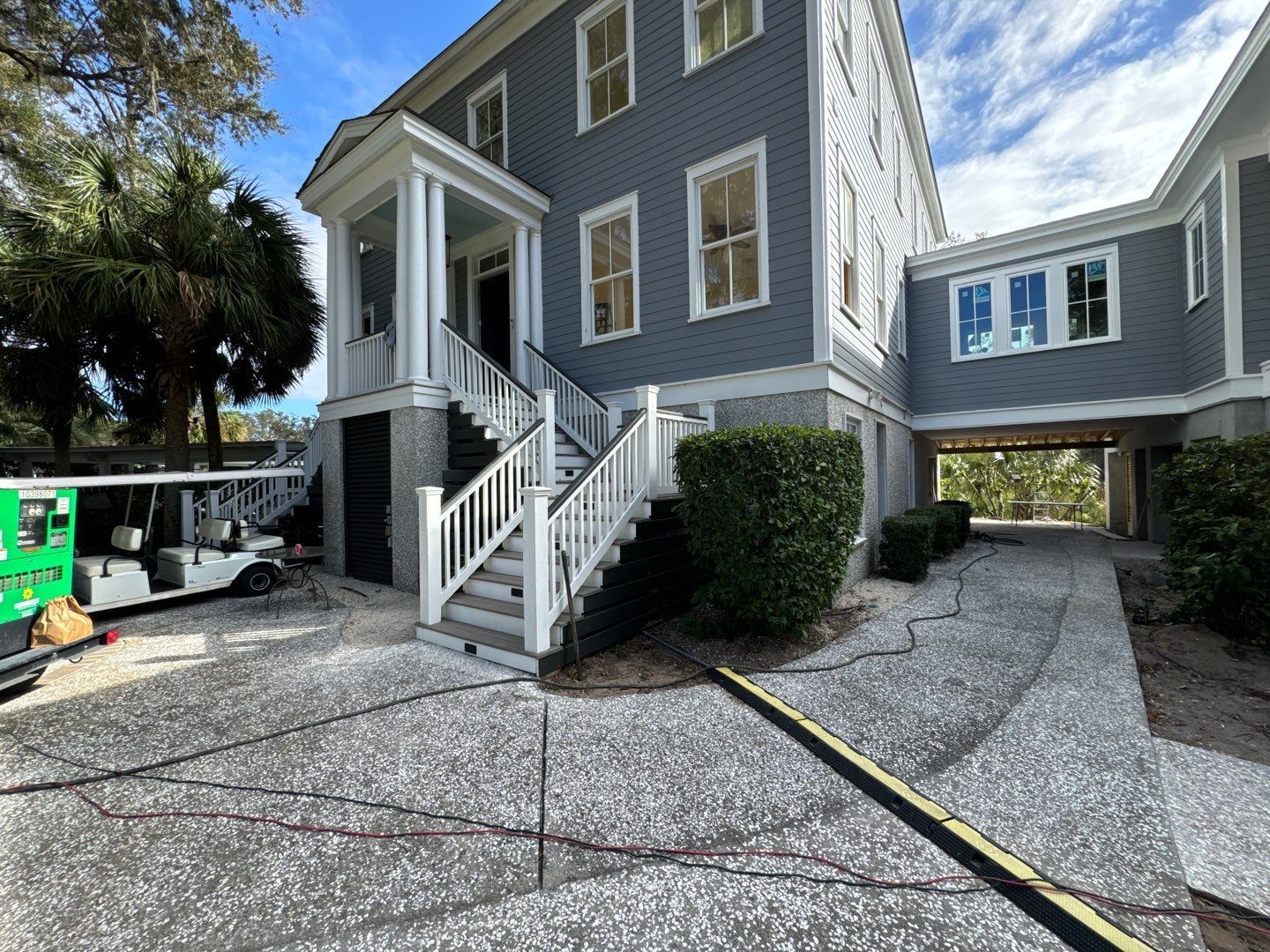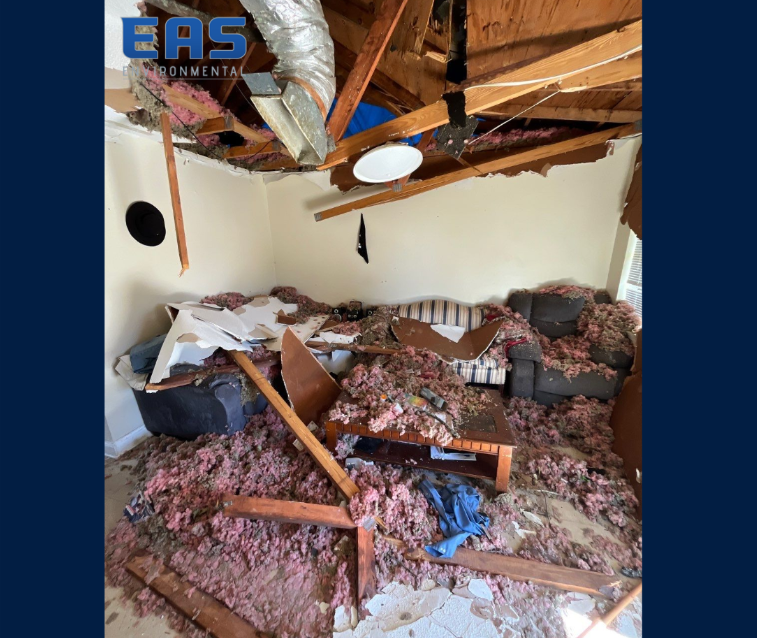
Welcome to our informative blog post that delves into a topic of utmost importance for homeowners: "How to Control Moisture in Crawl Space: Expert Tips and Techniques." Excess moisture in crawl spaces can lead to a cascade of problems, from mold growth and structural damage to compromised indoor air quality. In this comprehensive guide, we'll provide you with expert insights and effective techniques to tackle moisture-related challenges head-on, ensuring a healthier and more resilient living environment.
Identifying the Source
Identifying the source of moisture in your crawl space is the first crucial step in effectively controlling this issue. In this blog post, we'll delve into the significance of accurately pinpointing the source of moisture and how this knowledge serves as a foundation for implementing successful moisture control strategies.
Understanding Common Sources of Moisture
Moisture can enter your crawl space through various pathways, each requiring a unique approach for mitigation. Rainwater infiltration, high humidity levels, plumbing leaks, and inadequate ventilation are among the common sources of moisture. By identifying the specific sources relevant to your crawl space, you're better equipped to address the root cause and tailor your moisture control efforts accordingly.
Conducting a Thorough Inspection
Begin by conducting a thorough inspection of your crawl space, looking for visible signs of moisture, such as damp spots, water stains, or condensation on surfaces. Inspect plumbing systems for leaks, check for proper drainage, and assess the condition of your crawl space's exterior. It's also advisable to monitor humidity levels using hygrometers to gain insight into the extent of the moisture issue. Once you've identified the source or sources of moisture, you can proceed with implementing targeted strategies to effectively manage and prevent further moisture-related problems.
Ventilation Strategies for Crawl Space Moisture Control
Implementing effective ventilation strategies is a key component of controlling moisture in your crawl space. In this blog post, we'll explore the importance of proper ventilation and provide insights into different strategies that can help you maintain a dry and healthy crawl space environment.
The Role of Ventilation
Proper ventilation plays a crucial role in reducing humidity levels and preventing moisture buildup in your crawl space. Without adequate ventilation, stagnant air can lead to condensation on surfaces, promoting mold growth and structural deterioration. By promoting air circulation, ventilation helps maintain a balanced environment that discourages excess moisture accumulation.
Different Ventilation Approaches
There are two main ventilation approaches for crawl spaces: cross-ventilation and encapsulation. Cross-ventilation involves creating openings on opposite sides of the crawl space to allow air to flow through, carrying away moisture. Encapsulation, on the other hand, focuses on sealing the crawl space and using controlled ventilation, often with the help of mechanical systems. Deciding between these approaches depends on factors like your local climate, the extent of moisture issues, and whether you're dealing with high humidity or flooding risks. By understanding the benefits of proper ventilation and choosing the right strategy for your crawl space, you're taking significant steps toward effective moisture control and a healthier living environment.
Effective Drainage Systems
Effective drainage systems are essential components in managing moisture in crawl spaces. In this blog post, we'll delve into the significance of proper drainage systems and how they contribute to preventing water accumulation, mold growth, and structural damage in your crawl space.
Preventing Water Accumulation
Water accumulation in a crawl space can lead to a host of problems, including mold growth, wood rot, and compromised structural integrity. Effective drainage systems, such as French drains or surface drains, are designed to redirect water away from your home's foundation and crawl space. By efficiently channeling rainwater and groundwater, these systems prevent excess moisture from infiltrating the crawl space and creating an environment conducive to moisture-related issues.
Choosing the Right Drainage System
Selecting the appropriate drainage system depends on factors like your crawl space's location, local climate, and soil composition. French drains, which consist of perforated pipes buried in a gravel-filled trench, are effective for diverting groundwater. Surface drains, like channel drains or trench drains, are positioned above ground to collect surface water. It's important to properly maintain these systems by keeping them clear of debris and ensuring that they direct water away from your home. By investing in effective drainage solutions, you're proactively safeguarding your crawl space from water-related problems and maintaining a dry and durable foundation for your home.
FAQs
Contact EAS Environmental Today!
EAS Environmental will do everything we can to ensure your experience with us is excellent.
Request A FREE Estimate
Request a Free Estimate Form
Checkout Recent Post




Got a Question? We’re Here to Help.
You can arrange an appointment or make an enquiry by phone or email, orget in touch to us via our contact form.

